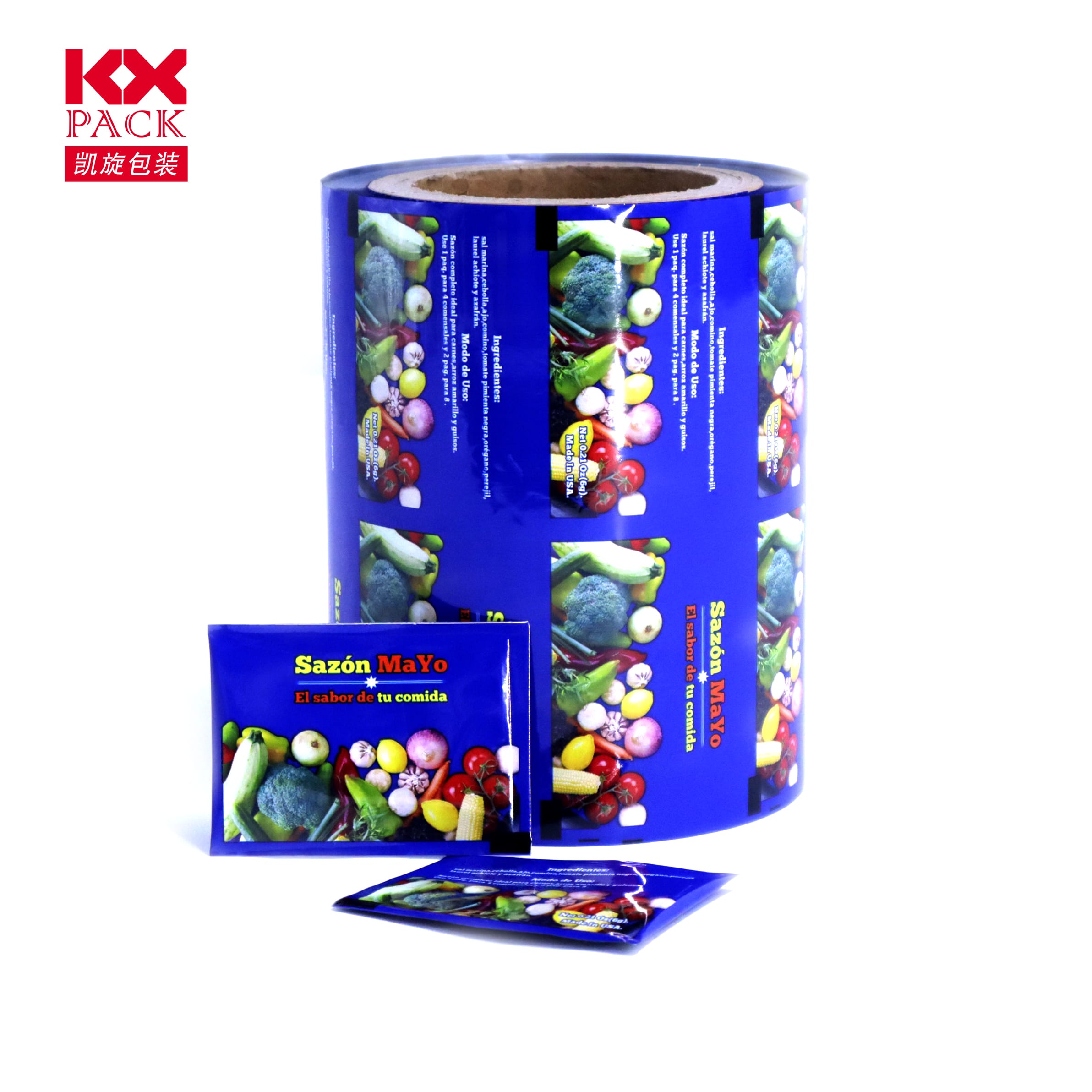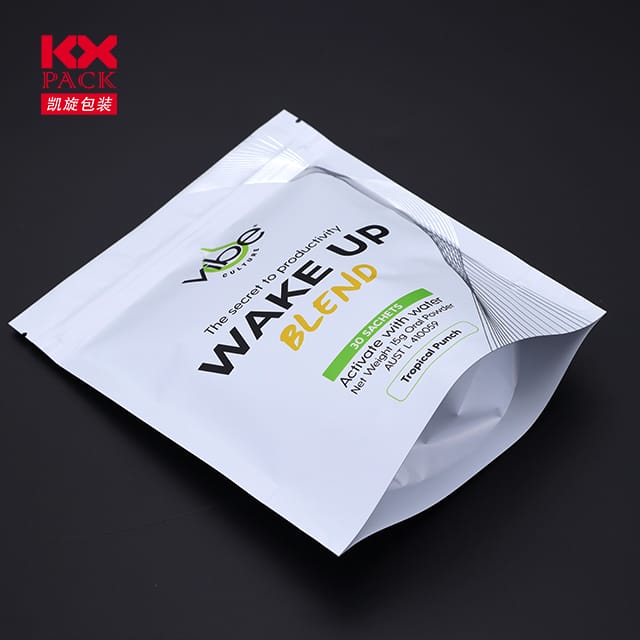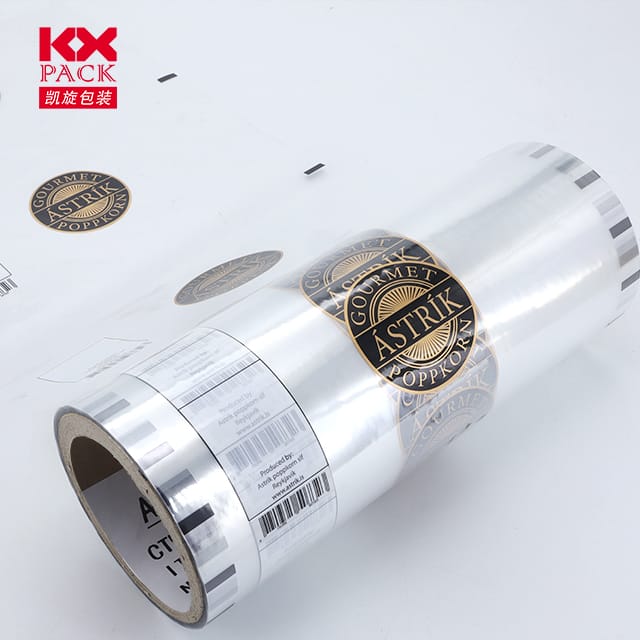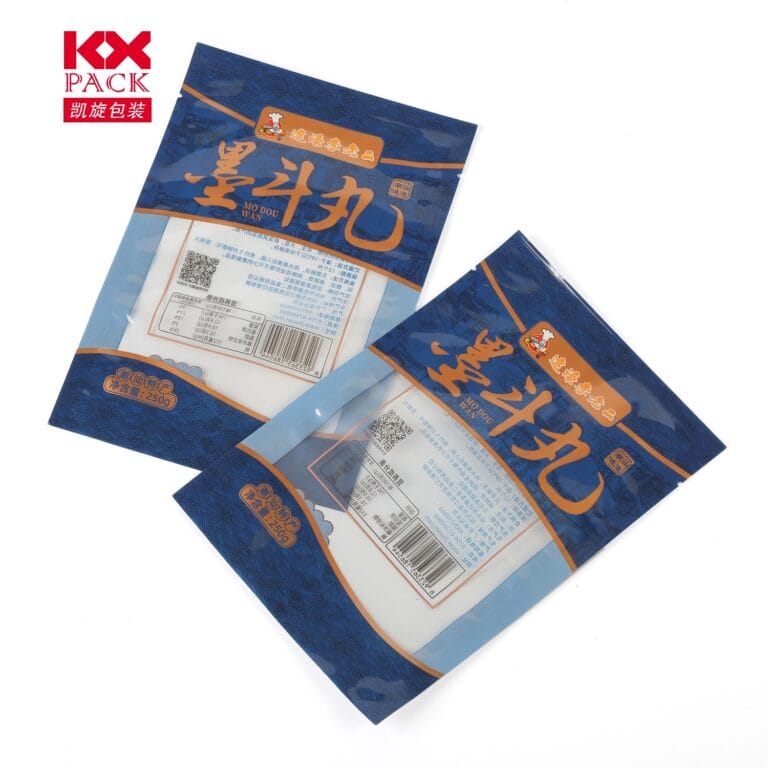Flexible Plastic Film Packaging: The Future of Smart, Sustainable, and Versatile Packaging
Flexible Plastic Film Packaging
In a world where convenience, bền vững, and brand differentiation are paramount, flexible plastic film packaging has emerged as a revolutionary solution. Từ thực phẩm, dược phẩm đến điện tử và thương mại điện tử, nhẹ này, adaptable material is reshaping how products are protected, trình bày, và tiêu thụ. Let’s dive into why flexible plastic films are dominating the packaging industry—and how they’re evolving to meet tomorrow’s challenges.
Why Flexible Plastic Film Packaging? The Core Advantages
1. Unmatched Versatility
Flexible plastic films—such asBOPP (Polypropylen định hướng biAx), THÚ CƯNG (Polyetylen Terephthalate), and PE (Polyetylen)—can be engineered to meet diverse needs:
- Barrier Protection: Multi-layer films block oxygen, độ ẩm, and UV light, extending shelf life by up to 50% for perishables like snacks and coffee.
- Formability: Thermoformable films mold precisely around products, reducing material waste compared to rigid packaging.
- Transparency & Printability: Clear films showcase products, while high-definition printing options (VÍ DỤ., Flexography, digital, or gravure) enable vibrant branding without labels.
2. Sustainability in Focus
The global Flexible Plastic Film Packaging market, valued at $341.6 tỷ bởi 2028, is driven by eco-conscious innovations:
- Recyclable Films: Mono-material structures (VÍ DỤ., túi toàn PE) are easier to recycle than traditional multi-layer laminates.
- Tùy chọn phân hủy sinh học: Films made from PLA (Polylactic Acid) hoặc PHA (Polyhydroxyalkanoates) decompose within 6–18 months under industrial composting.
- Lightweighting: Flexible films use 70% less plastic than rigid alternatives, cutting transportation emissions and material costs.
3. Cost-Efficiency & Scalability
- Production Speed: High-speed flexographic printing (lên đến 1,500 feet per minute) makes flexible films ideal for mass-market brands.
- Reduced Storage Costs: Rolls of film occupy 80% less space than pre-formed containers, optimizing warehouse efficiency.
- On-Demand Customization: Digital printing enables small-batch runs with zero setup costs, perfect for niche products or seasonal campaigns.
Key Applications Across Industries
1. Đồ ăn & nước giải khát
- Túi đứng: Replacing cans and jars for soups, quả hạch, and pet food, these pouches use 60% less material and feature resealable zippers.
- Modified Atmosphere Packaging (MAP): Films with oxygen scavengers preserve freshness for meats and produce.
- Retort Pouches: Sterilizable films withstand high temperatures, ensuring safety for ready-to-eat meals.
2. Dược phẩm & Chăm sóc sức khỏe
- Child-Resistant Pouches: Flexible Plastic Film Packaging with tamper-evident seals meet safety regulations for medications.
- Cold-Form Blister Packs: Aluminum-laminated films protect light-sensitive drugs from degradation.
3. Thương mại điện tử & Logistics
- Air Cushion Films: Inflatable plastic films replace Styrofoam peanuts, reducing shipping damage by 90%.
- Anti-Static Films: Safeguard electronics from electrostatic discharge during transit.
Technological Innovations Driving the Market
1. Smart Packaging Integration
- NFC Tags & QR Codes: Embedded in films, these enable consumers to scan for product authenticity, recycling instructions, or promotional content.
- Time-Temperature Indicators (TTIs): Color-changing labels on perishable goods alert retailers to spoilage risks.
2. Advanced Manufacturing Techniques
- Nano-Coatings: Ultra-thin layers enhance barrier properties without adding weight.
- Laser Scoring: Precision cuts allow easy opening while maintaining package integrity during shipping.
3. Circular Economy Solutions
- Tái chế hóa chất: Breaks down mixed plastics into reusable monomers, enabling infinite recycling loops.
- Upcycling Initiatives: Các công ty thích Dow Và Amcor are converting post-consumer films into new Flexible Plastic Film Packaging materials.
Thách thức & Future Trends
1. Recycling Infrastructure Gaps
Only14% of flexible packaging is recycled globally, largely due to contamination and lack of collection systems. Solutions include:
- Standardized Labeling: Clear recycling instructions to educate consumers.
- Deposit Return Schemes (DRS): Incentivizing returns of used films.
2. Regulatory Pressures
Governments are imposing stricter rules on single-use plastics. Ví dụ, theEU’s Single-Use Plastics Directive bans non-recyclable films by 2030.
3. The Rise of Bio-Based Alternatives
By 2030,30% of flexible films are expected to be plant-derived, reducing reliance on fossil fuels.
Phần kết luận: Flexibility Is the Future
Flexible plastic film packaging isn’t just a trend—it’s a strategic imperative for brands aiming to balance performance, bền vững, and cost. As innovations likesmart sensors, compostable materials, and closed-loop recycling gain traction, the possibilities are endless.
Dành cho doanh nghiệp: Embrace flexibility by partnering with suppliers who prioritize circular design and transparent sustainability reporting.
Cho người tiêu dùng: Look for brands using recyclable or compostable films, and recycle properly to close the loop.
The packaging revolution is here—and it’s flexible. 🌱✨
What’s your favorite example of innovative flexible packaging? Chia sẻ suy nghĩ của bạn bên dưới!







